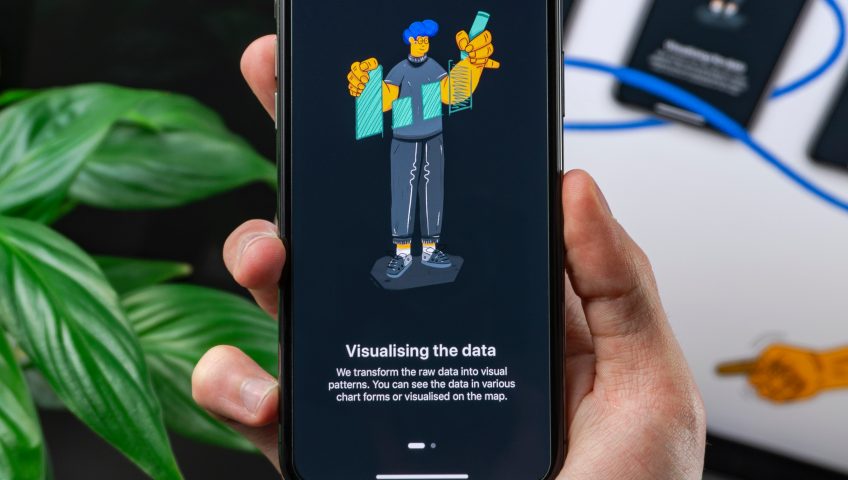Is your iPhone acting up? Don’t worry! We’ve got some quick solutions to get your device up and running again. Whether your iPhone won’t turn on, is frozen, or won’t respond to your touch, we’ve got you covered with everything you need to know for iPhone repairs. Plus, we’ll also shed light on the importance of addressing a cracked screen and where you can go to get it fixed.
Restart your iPhone
If your iPhone is experiencing any issues, a force restart can often get it working in a tick. The steps differ depending on your iPhone model, so follow these restart guidelines from Apple:
- iPhone 8 or later and iPhone SE (2nd generation): Press and quickly release the volume up button, then the volume down button. Press and hold the side button until the Apple logo appears.
- iPhone 7, iPhone 7 Plus, and iPod touch (7th generation): Press and hold both the side (or top) button and the volume down button until the Apple logo appears.
- iPhone 6s or earlier, iPhone SE (1st generation), and iPod touch (6th generation) or earlier: Press and hold both the side (or top) button and the Home button until the Apple logo appears.
If the forced restart doesn’t work, then it might be time to take it to an Apple store or bring it into us at Geelong Technology Group, as we are your local Authorised Apple Service Provider for all iPhone repairs.
Troubleshooting slow charging battery
Battery life is a common complaint of people who come into GTG for an iPhone battery repair. To maximise your battery performance, try the following steps:
- Make sure you are using the latest iOS version. (Settings > General > Software Update)
- Check your battery usage information. (Settings > Battery). It will show you the App Background Activity, which apps are using Location Services and even which apps send you notifications that wake up your display. You can change the settings for the Background App Activity, Location Services and Notifications in Settings.
- Enable Low Power Mode. (Settings > Battery)
- Optimise your screen brightness by turning on Auto-Brightness to help extend your battery life. (Settings > Accessibility > Display & Text Size > Turn on Auto-Brightness)
- Use a secure Wi-Fi connection versus mobile data when you can.
If your slow charging battery issue persists, consider visiting an Apple Store or an Apple Authorized Service Provider like GTG for professional assistance.
Fixing a cracked phone screen
Fortunately, repairing a broken screen is a common service we can assist with. Cracked screens may seem like a minor inconvenience, but they can lead to more significant problems. Dust and moisture can enter your phone through the cracks, potentially damaging internal components. Don’t delay in addressing a cracked screen, especially if your iPhone isn’t functioning properly!
iPhone repairs in Geelong
Whether you’re dealing with an unresponsive iPhone, low battery or a cracked phone screen, contact Geelong Technology Group for your iPhone repairs.
As an authorized Apple service provider, our technicians have taken strict Apple training to repair all Apple devices. Our skilled technicians are trained by Apple to fix any issue, whether it’s an unresponsive device, low battery, or cracked screen. You can trust us to use genuine Apple parts, ensuring your repair stays under warranty.
Contact the knowledgeable GTG techs to get your iPhone functioning as optimally as possible.











Recent Comments